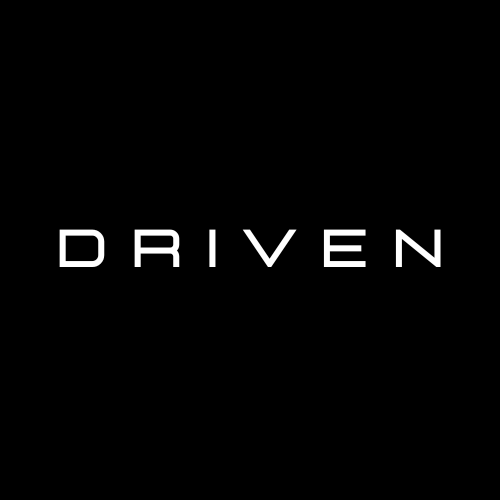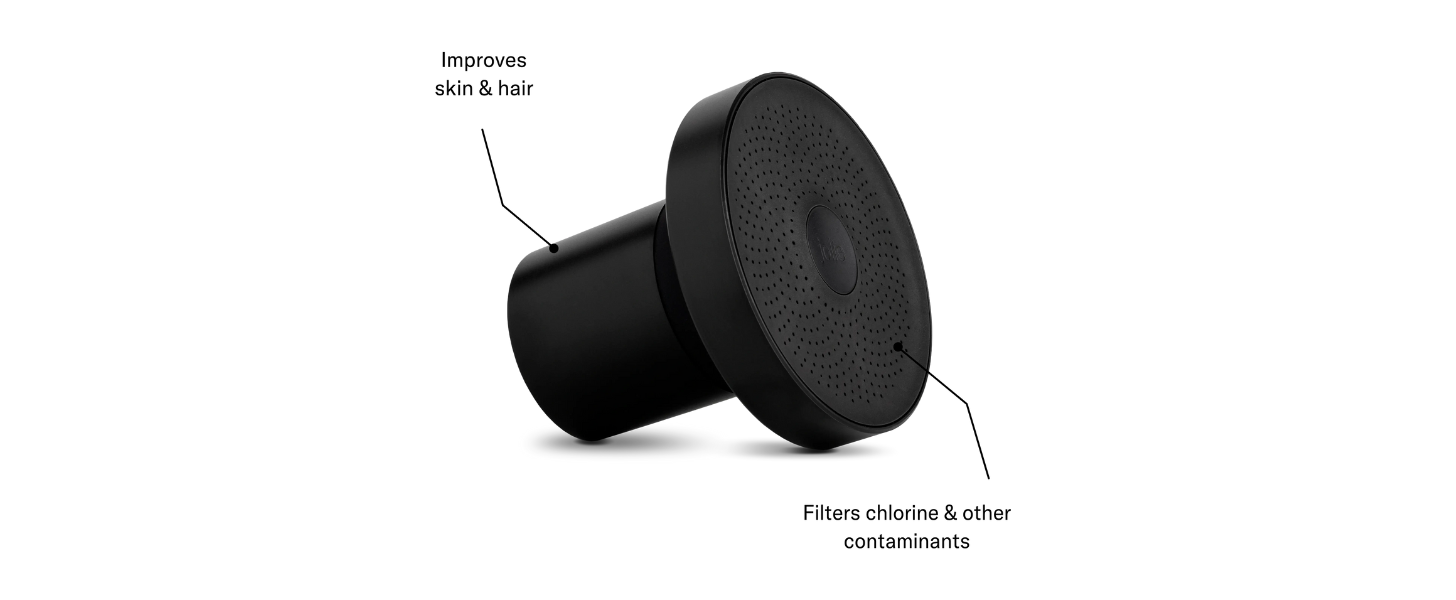02 The Dark Side of Being DRIVEN
The same traits that make the DRIVEN elite can also lead to addiction, burnout and chaos. Explore the dark side of relentless ambition and why structure is the key to preventing self-destruction.
Introduction
The same genetic wiring that makes the DRIVEN elite performers also carries a shadow. Their relentless drive, obsessive focus, and risk tolerance can lead to burnout, addiction, and self-destruction. Without structure, their potential becomes chaos.
The DRIVEN live in extremes—either they dominate their domain or self-sabotage into ruin. This is the dark side of being DRIVEN.
The Shadow of Obsession
Obsession fuels high performance, but when unchecked, it becomes a curse. Instead of mastery, it drives compulsivity—a relentless need to optimize, control, or perfect. This can manifest as:
- Workaholism—Neglecting relationships, health, and rest.¹
- Addiction to Progress—An inability to feel satisfaction after success.²
- Self-Sabotage—Pursuing impossible standards, leading to burnout.³
Dopamine sensing deficiency fuels this cycle. The same genetic traits that push the DRIVEN toward greatness also make them prone to anhedonia—the inability to feel joy in their accomplishments. Instead of celebrating a win, they immediately fixate on the next mountain to climb.⁴
Big Picture Thinking: The Paralysis of Complexity
Seeing the big picture is a gift—until it turns into analysis paralysis. DRIVEN individuals struggle to take action when they don’t see the full framework. Without clear context, they can:
- Abandon projects prematurely—Feeling overwhelmed by endless possibilities.⁵
- Ignore small but essential details—Believing only the grand vision matters.⁶
- Experience chronic frustration—Feeling stuck in planning mode without execution.⁷
This cognitive pattern can make them invaluable as visionaries, but crippling when execution demands immediate action.
Adaptive Identity: Chameleons Without a Core
DRIVEN individuals possess an extraordinary ability to adapt to different environments. However, without a strong internal compass, this can spiral into:
- Imposter Syndrome—Constantly questioning their authenticity.⁸
- Overcommitment—Saying yes to everything, leading to burnout.⁹
- Loss of self—Becoming whatever the environment demands instead of defining their own identity.¹⁰
They blend so well that they risk forgetting who they are outside of their latest role or venture.
Multi-Thinking: A Mind That Won’t Shut Off
Multi-thinking fuels creativity but also leads to distraction and mental overload. Instead of making strategic decisions, the DRIVEN brain:
- Jumps between unrelated ideas—Struggling to focus on execution.¹¹
- Finds new solutions mid-task—Leading to endless pivots.¹²
- Struggles to be present—Always thinking five steps ahead instead of engaging in the now.¹³
This tendency makes the DRIVEN exceptional problem solvers, but often at the cost of executional consistency.
Boredom Intolerance: The Addiction to More
The DRIVEN brain craves novelty. When under-stimulated, they will:
- Sabotage stability—Quitting jobs, relationships, or ventures out of restlessness.¹⁴
- Chase extreme experiences—Seeking high-risk ventures just to feel alive.¹⁵
- Develop compulsive behaviors—Including substance abuse, gambling, or constant career shifts.¹⁶
They are wired to pursue—but without structure, this drive can become reckless.
Horizoning: The Future Fixation Trap
Focusing on the future makes the DRIVEN visionary leaders—but also leaves them perpetually dissatisfied with the present. This manifests as:
- Chronic discontent—Believing happiness exists “just over the next horizon.”¹⁷
- Failure to enjoy success—Always feeling like they’re behind.¹⁸
- Relationship neglect—Prioritizing future ambitions over present connection.¹⁹
Instead of appreciating the journey, they become addicted to the chase.
Intuitive Sensing: The Paranoia Effect
Intuitive sensing makes the DRIVEN excellent at pattern recognition—but also prone to:
- Overanalyzing social cues—Seeing hidden meanings where none exist.²⁰
- Paranoia—Believing others are against them, leading to isolation.²¹
- Excessive skepticism—Struggling to trust or delegate.²²
At its root, the word "intelligence" comes from the Latin interlegere, meaning "to read between the lines"—a skill that DRIVEN individuals excel at. Their ability to detect subtle cues makes them exceptional at strategic thinking. However, without control, intuition becomes hypervigilance, creating unnecessary stress and fractured relationships.
Risk-Taking: Thriving or Self-Destructing
Calculated risk-taking fuels business success, innovation, and elite athleticism. But without discipline, it turns into:
- Gambling on bad ideas—Ignoring downside risks.²³
- Reckless behavior—Pursuing danger for stimulation.²⁴
- Neglecting stability—Viewing predictability as suffocating.²⁵
This often leads to financial, emotional, and relational volatility.
Resilience: The Loop of Self-Destruction
Resilience allows the DRIVEN to bounce back quickly, but also enables:
- Repeated mistakes—Failing to learn from setbacks.²⁶
- Ignoring red flags—Pushing forward despite clear risks.²⁷
- Emotional suppression—Equating vulnerability with weakness.²⁸
This trait makes the DRIVEN unstoppable, but without introspection, it leads to cycles of repeated failure. This is where grit comes into play—while resilience is about bouncing back quickly, grit is about long-term perseverance toward meaningful goals instead of blindly pushing forward without learning from past failures.
Conclusion
The difference between high performance and chaos isn’t talent—it’s structure.
Why? Because DRIVEN individuals are wired to be hunters, not settlers. Their dopamine sensing deficiency, resulting from mutations to dopamine receptor genes DRD2 and DRD4, leads to impaired executive function in the brain's frontal lobe. This is why the DRIVEN excel in disciplined, mission-driven environments.
Elite-level athletics and high-risk uniformed tactical operations provide rituals and routines needed to keep the DRIVEN focused on their objective.
In entrepreneurship, where chaos is constant, the most successful DRIVEN founders are those who impose structure on their world.
Without structure, the DRIVEN will run themselves into the ground. With it, they will build legacies that last.
References
- Sapolsky, R. M. (2004). Why zebras don't get ulcers: The acclaimed guide to stress, stress-related diseases, and coping. Holt Paperbacks.
- Volkow, N. D., Gur, R. C., Wang, G. J., Fowler, J. S., & Moberg, P. J. (1998). Association between decline in brain dopamine activity with age and cognitive and motor impairment in healthy individuals. The American Journal of Psychiatry, 155(3), 344-349.
- Berridge, K. C., & Robinson, T. E. (2003). Parsing reward. Trends in Neurosciences, 26(9), 507-513.
- Robbins, T. W., & Everitt, B. J. (1996). Neurobehavioural mechanisms of reward and motivation. Current Opinion in Neurobiology, 6(2), 228-236.
- Duckworth, A. L., Peterson, C., Matthews, M. D., & Kelly, D. R. (2007). Grit: Perseverance and passion for long-term goals. Journal of Personality and Social Psychology, 92(6), 1087-1101.
- Costa, P. T., & McCrae, R. R. (1992). Revised NEO Personality Inventory (NEO-PI-R) and NEO Five-Factor Inventory (NEO-FFI) professional manual. Psychological Assessment Resources.
- Kandel, E. R. (2001). The molecular biology of memory storage: A dialogue between genes and synapses. Science, 294(5544), 1030-1038.
- Clance, P. R., & Imes, S. A. (1978). The imposter phenomenon in high achieving women: Dynamics and therapeutic intervention. Psychotherapy: Theory, Research & Practice, 15(3), 241-247.
- Maslach, C., & Leiter, M. P. (2016). Understanding the burnout experience: Recent research and its implications for psychiatry. World Psychiatry, 15(2), 103-111.
- Tice, D. M., & Baumeister, R. F. (1997). Longitudinal study of procrastination, performance, stress, and health: The costs and benefits of dawdling. Psychological Science, 8(6), 454-458.
- Kaufman, S. B., & Gregoire, C. (2015). Wired to create: Unraveling the mysteries of the creative mind. TarcherPerigee.
- Csikszentmihalyi, M. (1990). Flow: The psychology of optimal experience. Harper & Row.
- Killingsworth, M. A., & Gilbert, D. T. (2010). A wandering mind is an unhappy mind. Science, 330(6006), 932.
- Snyder, C. R., & Lopez, S. J. (2002). Handbook of positive psychology. Oxford University Press.
- Zuckerman, M. (2007). Sensation seeking and risky behavior. American Psychological Association.
- Koob, G. F., & Le Moal, M. (2008). Addiction and the brain antireward system. Annual Review of Psychology, 59, 29-53.
- Seligman, M. E. P. (2006). Learned optimism: How to change your mind and your life. Vintage Books.
- Brickman, P., Coates, D., & Janoff-Bulman, R. (1978). Lottery winners and accident victims: Is happiness relative? Journal of Personality and Social Psychology, 36(8), 917-927.
- Kasser, T., & Ryan, R. M. (1996). Further examining the American dream: Differential correlates of intrinsic and extrinsic goals. Personality and Social Psychology Bulletin, 22(3), 280-287.
- Gladwell, M. (2005). Blink: The power of thinking without thinking. Little, Brown and Company.
- Freeman, D., & Garety, P. A. (2004). Paranoia: The psychology of persecutory delusions. Psychiatry, 3(12), 34-39.
- Kramer, R. M. (1999). Trust and distrust in organizations: Emerging perspectives, enduring questions. Annual Review of Psychology, 50, 569-598.
- Kahneman, D., & Tversky, A. (1979). Prospect theory: An analysis of decision under risk. Econometrica, 47(2), 263-291.
- Lejuez, C. W., Aklin, W. M., Zvolensky, M. J., & Pedulla, C. M. (2003). Evaluation of the Balloon Analogue Risk Task (BART) as a predictor of adolescent real-world risk-taking behaviours. Journal of Adolescence, 26(4), 475-479.
- Simonton, D. K. (1994). Greatness: Who makes history and why. Guilford Press.
- Flett, G. L., & Hewitt, P. L. (2002). Perfectionism: Theory, research, and treatment. American Psychological Association.
- Steel, P. (2007). The nature of procrastination: A meta-analytic and theoretical review of quintessential self-regulatory failure. Psychological Bulletin, 133(1), 65-94.
- Montague, P. R., et al. (2006). A framework for mesencephalic dopamine systems based on predictive Hebbian learning. Journal of Neuroscience.














Discussion